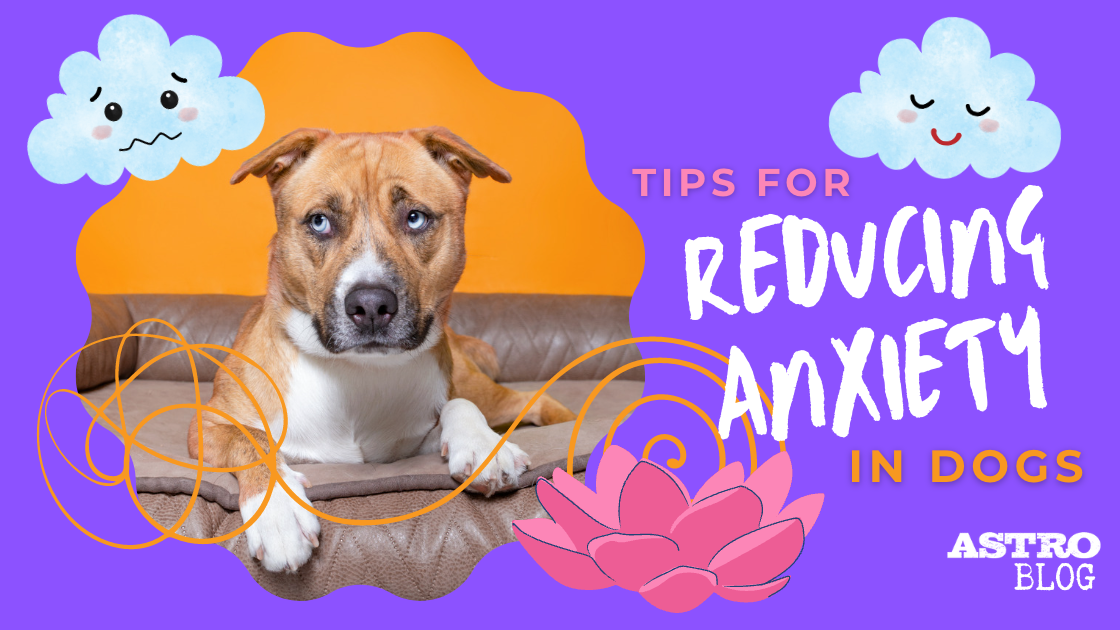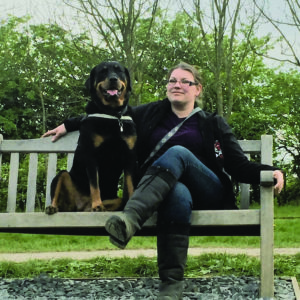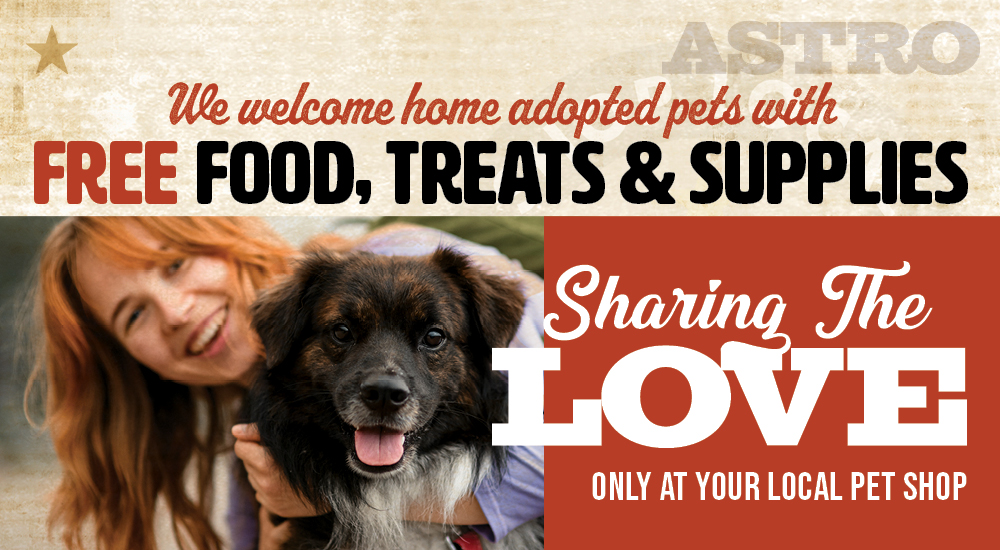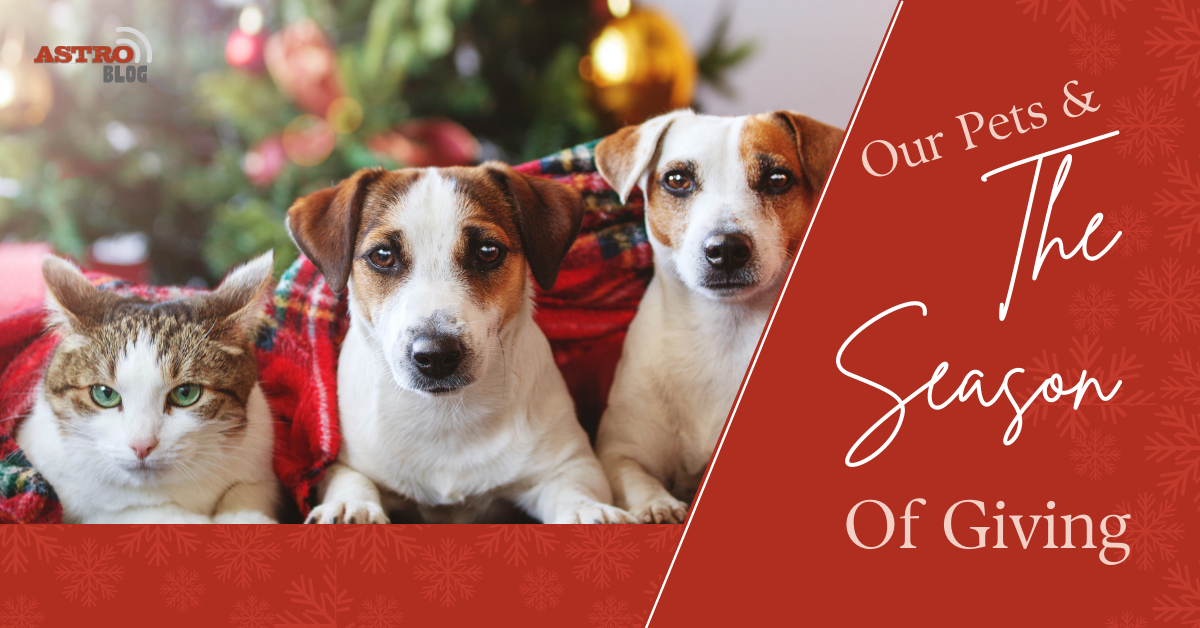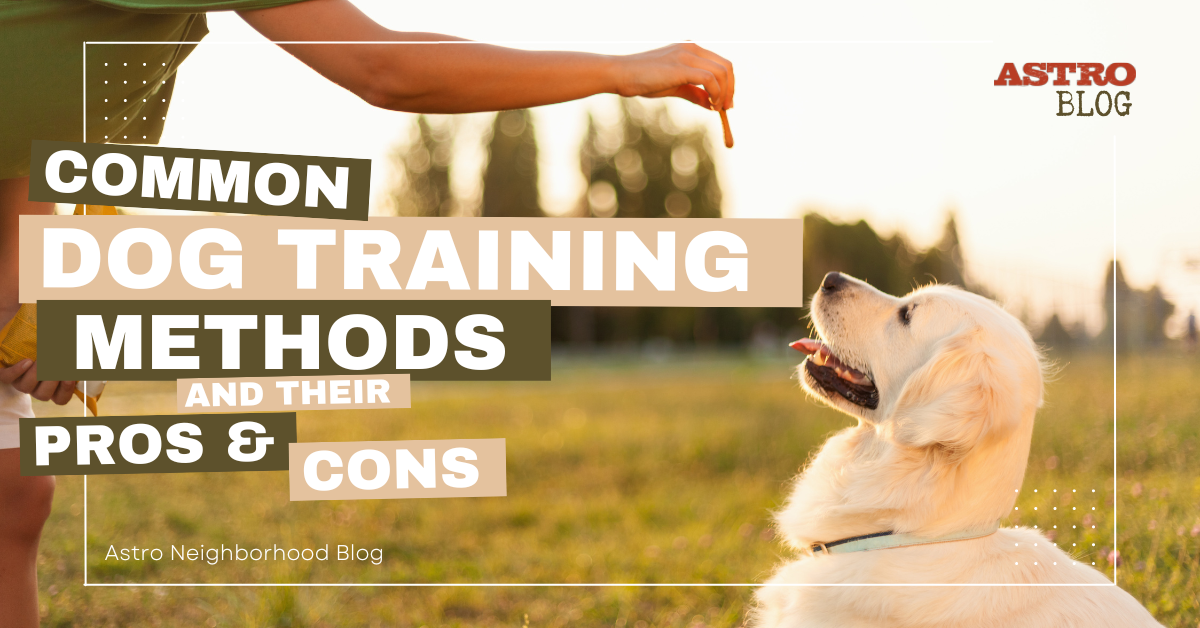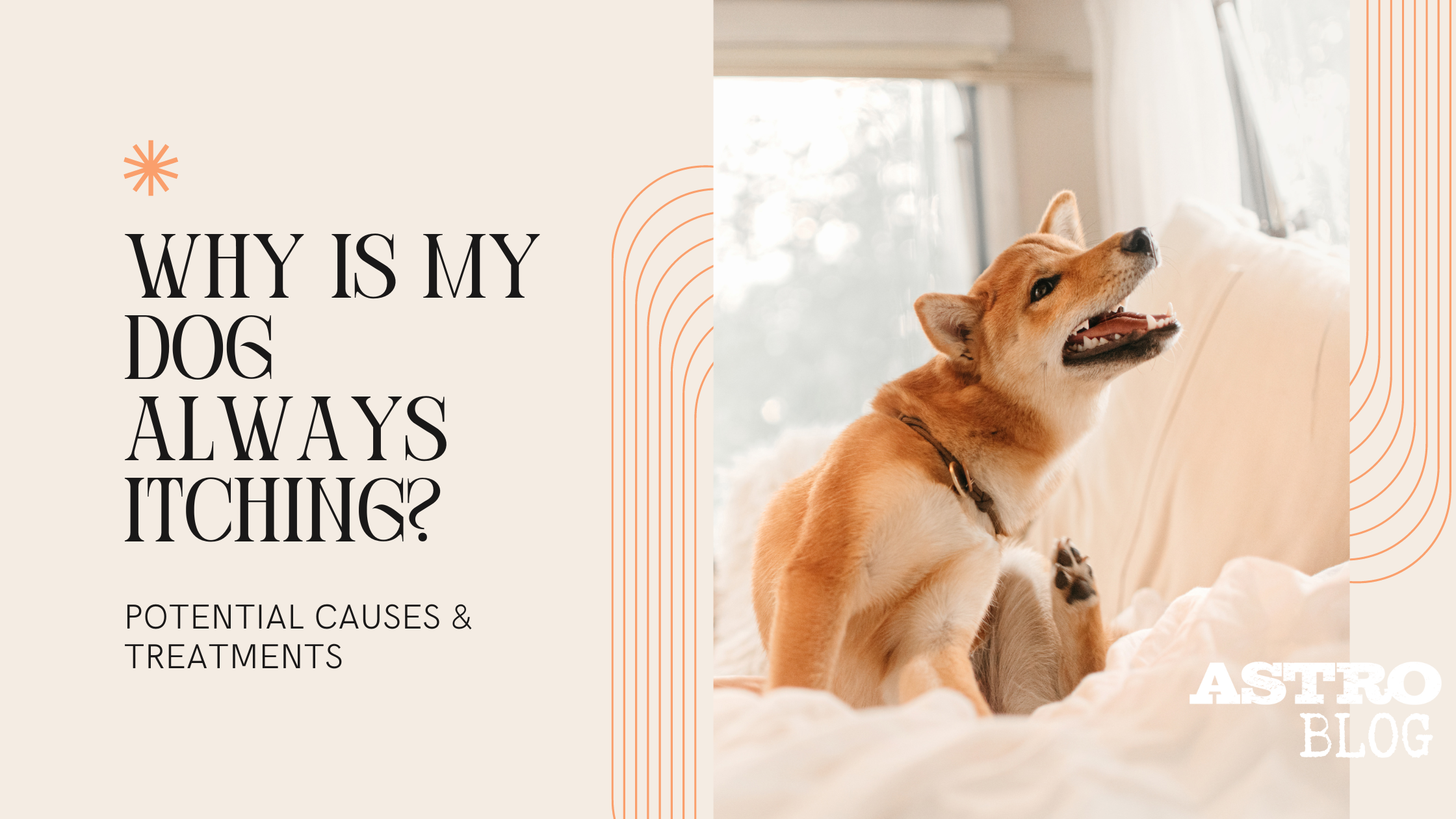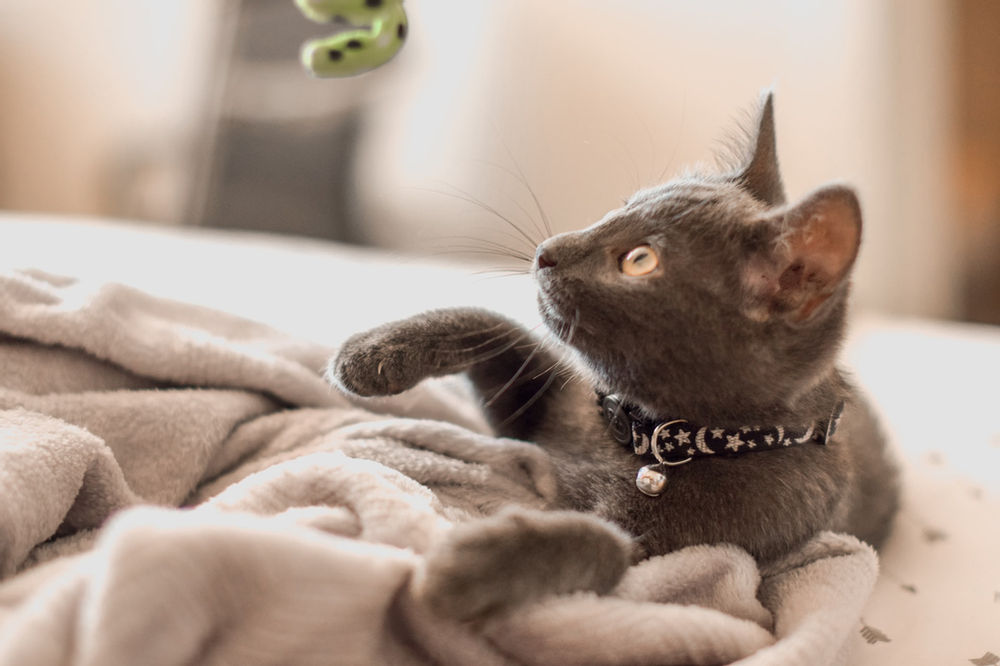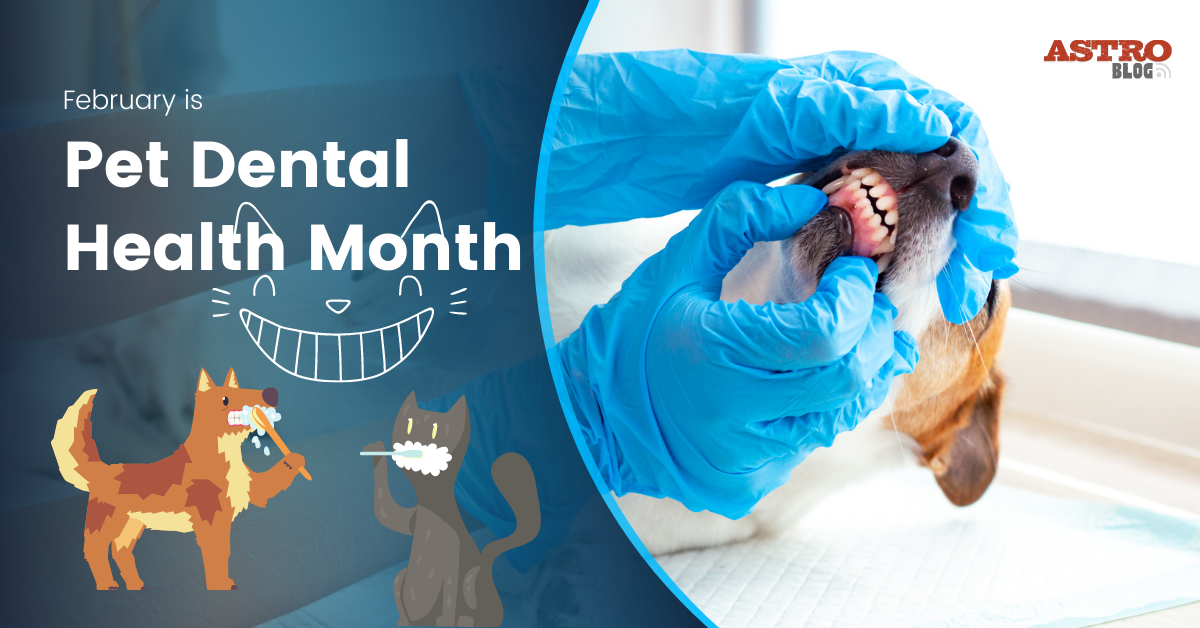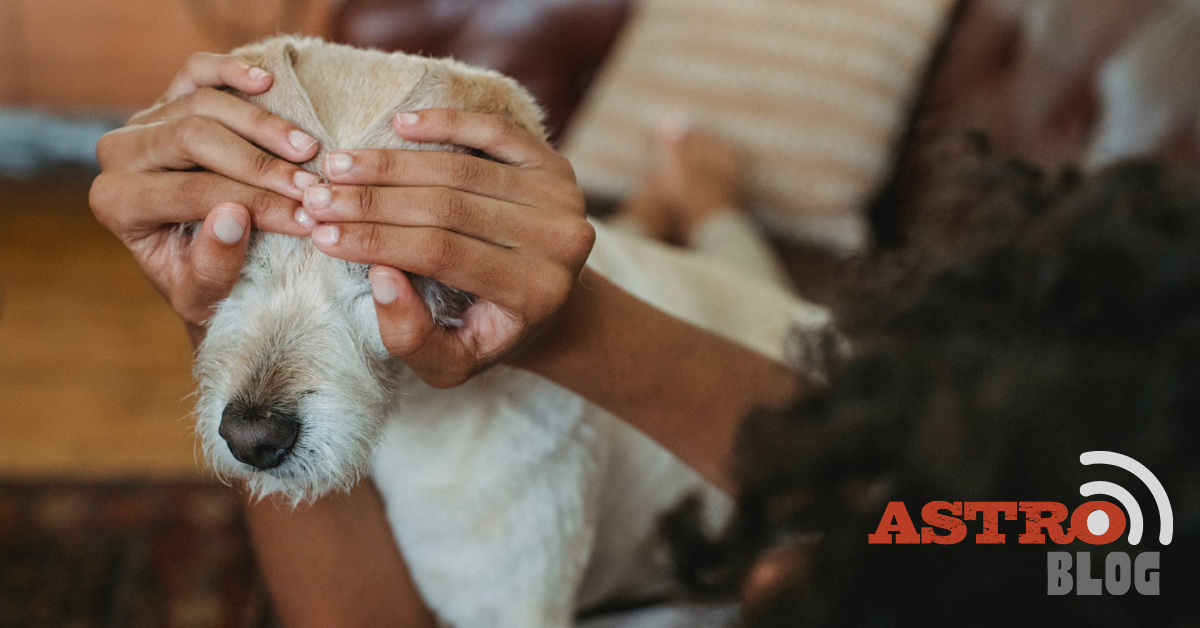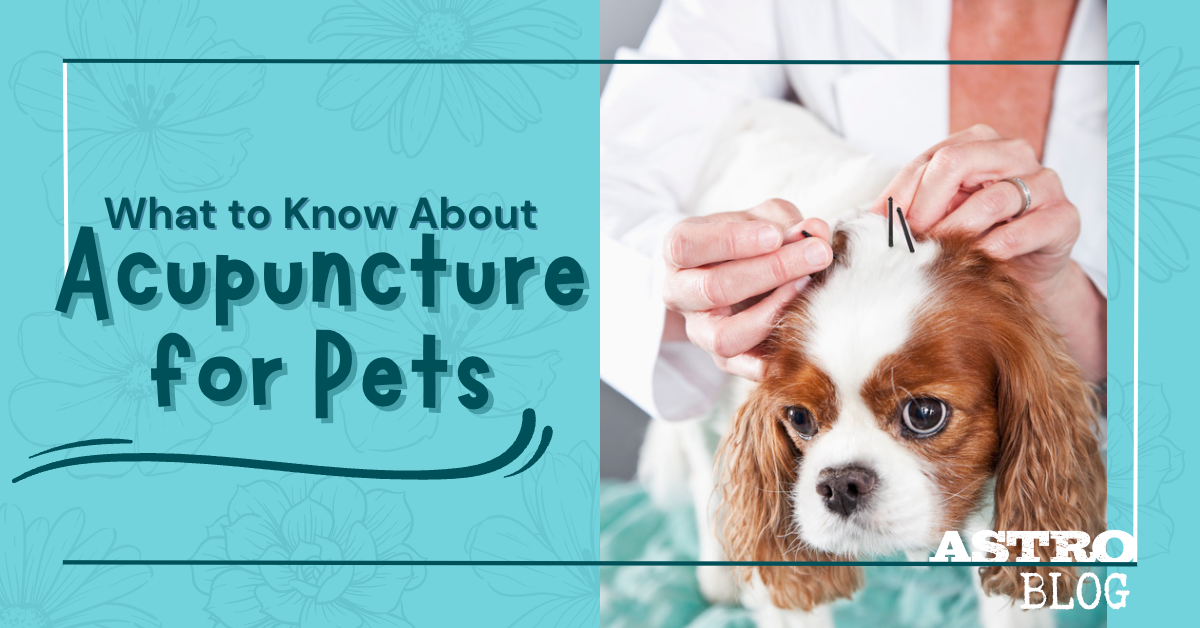Anxiety isn’t a mental issue that only affects humans. Although the signs and behavior of anxiety differ for animals, dogs feel worry and fear just as we do. It’s natural for dogs to get spooked or anxious sometimes. When dogs lived in the wild, anxiety was an instinctual response that helped them survive. It’s normal for your dog to have one or two things that make them anxious.
However, constantly suffering from anxiety is unhealthy for any pup and leads to long-term issues. Even in one-off situations where a happy-go-lucky puppy gets spooked, you’ll want to help them calm down. Nobody likes seeing their beloved pet frightened or unhappy. Identifying the cause of your dog’s anxiety makes it possible to treat and reduce their symptoms. By the end of this post, you’ll know the common types of anxiety and how to recognize signs of anxiety in dogs.
Separation Anxiety
Dogs with separation anxiety are very common, especially since the pandemic. Eight out of ten dogs show signs of separation anxiety. After being around their owners all day long, many dogs may become distressed when they are suddenly without their humans for long stretches of the day. Because owners are absent during the day, they might not realize how their absence affects their pet.
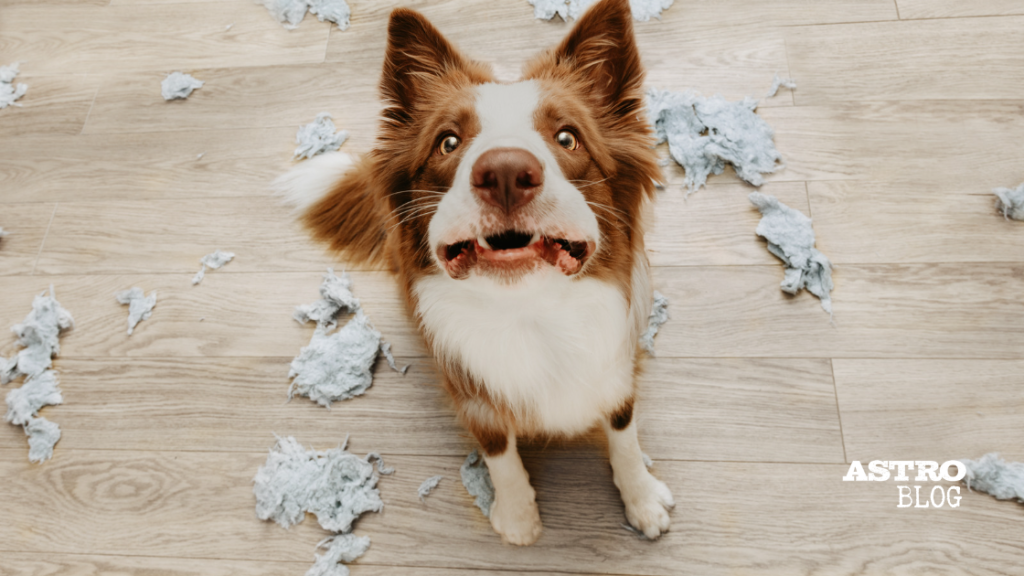
Symptoms
- Excessive digging or clawing
- Destructive behavior
- Chewing around doors and windows
- Pacing
- Defecating or urinating
- Whining or howling after a pet parent leaves the room
Treatment
If you suspect your pup has separation anxiety, it’s important not to mistake their behavior problems with a lack of training. Just as someone anxious doesn’t chew their nails on purpose, your dog’s behavior isn’t an act of rebellion. Even the most well-behaved dog may suffer from separation anxiety.
The best way to treat behavioral problems is to find the root of the dog’s suffering. One way to treat separation anxiety is to teach your dog to enjoy being alone. You can start by giving your dog their favorite treats or a fun treat puzzle when you leave, which both keeps them occupied and helps them associate a positive experience with you leaving. Make sure that, when you get home, you remove the toy to reinforce the idea they only get the special treat when you’re not around.
It’s also helpful to minimize distracting sounds and sights for your dog while you’re gone. Closing the blinds and leaving them in a quiet, peaceful room will keep them from barking all day at outside disturbances. On the flip side, you could leave on a DogTV channel on YouTube, or play relaxing music to help distract and settle your dog.
Try consulting your neighborhood pet shop if your pet’s separation anxiety is unmanageable. They may recommend anxiety-reducing supplements or CBD products to help soothe your dog. Most local pet shops have fantastic satisfaction guarantees, which can be a game-changer when trying to find that perfect combination of remedies.
For advanced separation anxiety, the advice of a dog behaviorist might be necessary. Your local pet shop may be able to recommend someone in your area, or they may offer services themselves!
Fear of Loud Noises
Noise aversions are also very common in dogs. Many dogs develop noise sensitivity as puppies. By the time they reach eight weeks, the puppy will retain any traumatic experiences they have had through adulthood. Aside from previous trauma, other causes of noise aversion include genetic predisposition or old age. Fireworks, thunder, and other loud noises can trigger fear responses in dogs.
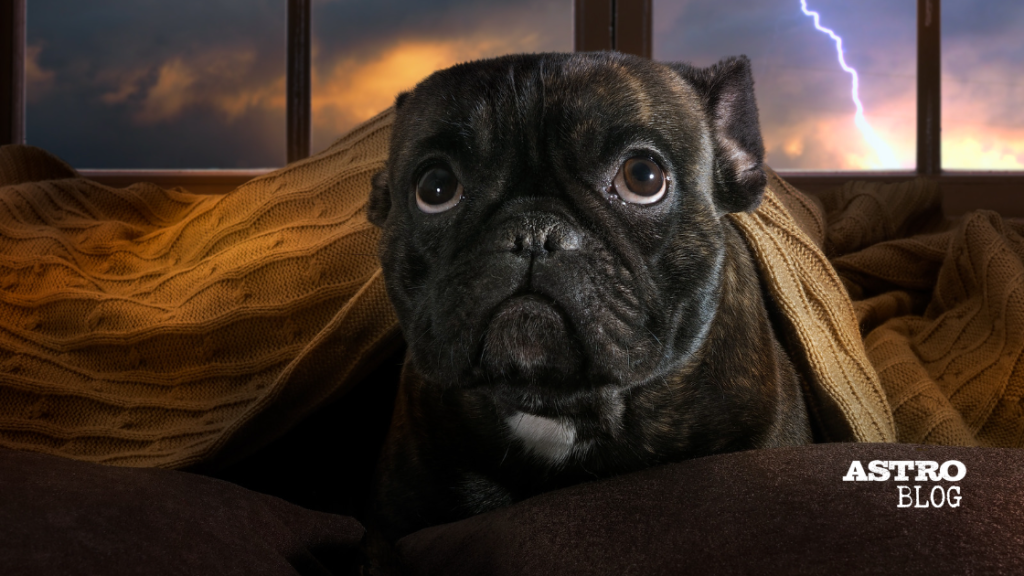
Symptoms
- Hiding under the bed or in corners
- Trembling or shaking
- Clinginess
- Whining
Treatment
There’s no cure for loud noise anxiety, but there are ways to treat it. Dogs often seek out a quiet and safe space when they feel anxious. Create a safe space for your dog to retreat when stressed. It could be a crate, a dog bed in a quiet room, or a cozy den-like space. Throwing a blanket over a den or crate also serves as a sound barrier. You may also block out some sounds with white noise. Use a white noise machine, fan, or radio tuned to static to calm your pup.
Desensitization training is also an option. This strategy requires patience and time to work. It involves gradually exposing your dog to the sounds that scare them. Rewarding them for calm behavior when they hear these sounds helps dogs learn to be less afraid. Start by introducing them to low-volume recordings of the noises and slowly increase the volume over time.
Nervous dogs have also benefited from a practice similar to swaddling, where they are gently squeezed as if surrounded by a hug. ThunderShirt® is the most recognizable brand to introduce the benefits of gentle pressure to dogs (and cats). In most cases, it is best to apply your dog’s chosen remedy well before the storm (or fireworks) begin, thus introducing a calm state which lowers their stress baseline.
Rescue/Shelter PTSD Anxiety
I think we can all agree rescue dogs are some of the most loyal dogs- their gratitude knows no bounds. That being said, the unfortunate truth is rescue dogs often have past traumas and abandonment issues. It takes a special kind of person to adopt a dog with PTSD from a shelter knowingly.
Combined with being thrust into the chaotic environment of an animal shelter, they often leave shelters stressed and in need of TLC from their new owners. Dogs with this type of anxiety need compassionate, patient, and kind owners.
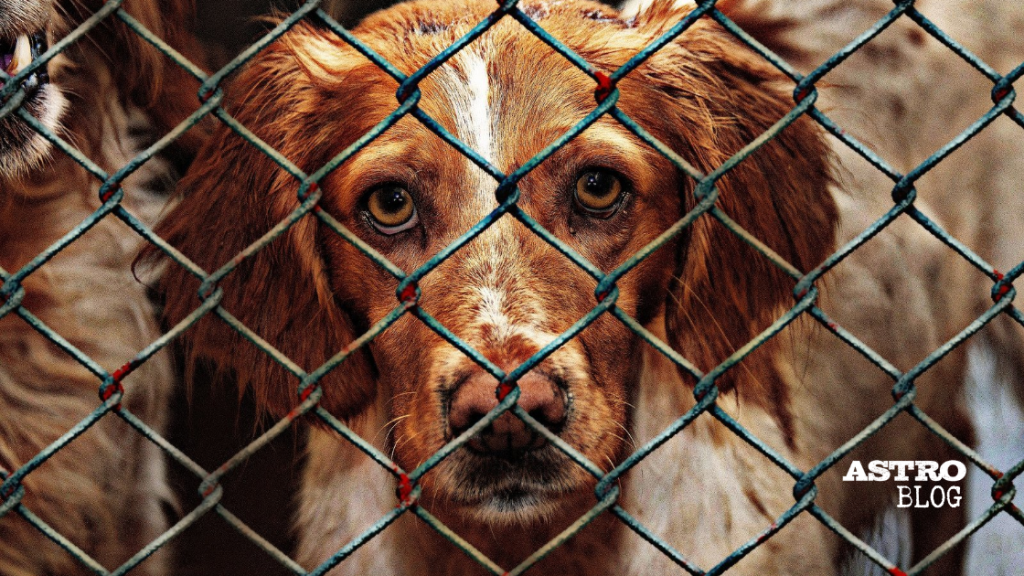
Symptoms
- Food aggression or resource guarding
- Fear of strangers
- Separation anxiety
- Panting or pacing
- Fear of sudden movements or loud sounds
Treatment
Your rescue dog’s anxiety may not fully go away, especially if they’ve experienced significant trauma or abuse. Luckily, there are plenty of ways to help them acclimate to their new home and avoid stressful situations.
First off, be aware of what makes your dog anxious. Many rescues get anxious and stressed around other dogs and strangers. Bringing them to dog parks or places with a lot of people, scents, and sounds may overstimulate and frighten them. At least wait to bring your dog to new places until they have adjusted to life at home.
Give your dog plenty of space to adjust to their new surroundings. Establishing a routine for them to get used to at home will ease their anxiety over time. As they settle into their new home, try using positive reinforcement training to build trust between you two. Treats and praise will help your pup gain more confidence in their new home.
Many independently owned pet shops have close relationships with the Rescues and Shelters in your area and are huge supporters of pet adoption. As a result of their compassion, they are fantastic resources for the families of adopted rescues once they enter their new homes. Your neighborhood pet shop can connect you with local trainers and behaviorists. When you’re working on your dog’s behavior, focusing on the result is just one small way of changing behavior patterns. For instance, the health of your dog’s gut greatly influences their mood, and what better place to learn about a biologically appropriate diet than your neighborhood pet shop!
Speaking of healthy diets, all adopted pets qualify for our ‘Sharing The Love’ Adoption Rewards. This platform rewards adopted pets with an Adoption Bundle consisting of food, treats, supplements, and supplies when they visit their participating Neighborhood Pet Store. There are dozens of healthy pet brands and indy retailers ‘Sharing The Love’ across the USA & Canada, and more joining the platform every month. Help us spread the word and connect pets and their new families with a holistic support system right there in your own neighborhood!
Age-related Anxiety
If your anxious dog is nine years or older, they may have cognitive dysfunction syndrome (CDS) caused by degenerative brain changes. The brain’s neurons play an important role in regulating mental and physical interactions by sending information from the brain to other parts of the body. As dogs get older, those neurons begin to waste away. These changes often leave senior dogs disoriented, confused, and anxious.
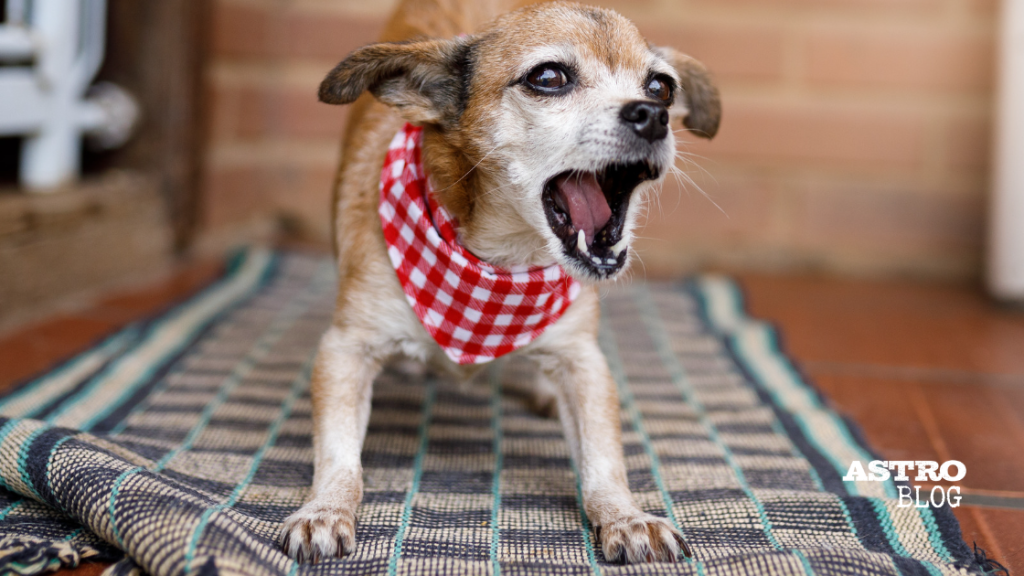
Symptoms
- Wandering and getting lost at home
- Urinating and defecating
- Pacing
- Changes in sleep schedule
- Not recognizing familiar people, commands, or animals
Treatment
There’s no cure for CDS, but you can improve the quality of life for your senior pet in several ways. You should immediately see your vet if you believe your pet has CDS. We recommend a vet who specializes in holistic and/or integrative medicine. The vet may recommend diet changes, supplements, or medication. Dietary supplements rich in medium-chain triglycerides (MCT) protect and promote brain cells. This type of fat is found in oils and antioxidants that provide much-needed energy to the brain. Your vet may prescribe medications like MAO inhibitors, which help neurons communicate and protect the brain from damage.
Chinese Medicine has also proven to provide effective treatment plans for seniors suffering from CDS. In Traditional Chinese Veterinary Medicine (TCVM), CDS is due to a loss of Shen, or the Spirit of the Mind. Clinical anecdotal evidence indicates acupuncture and Chinese herbals may greatly benefit patients with CDS.
Your neighborhood pet shop will also prove to be a valuable resource while you’re designing your treatment plan. They are experts in diet and nutrition and often have food supplements rich in MCTs, such as coconut oil and goat’s milk, as well as supplements formulated to support cognitive function.
You can help your dog at home by giving them a safe and comfortable environment. Continue to give them lots of mental enrichment, like exercise, treats, and playtime.
Not all behavioral problems in dogs are diagnosable anxiety, but your pet doesn’t need to have clinical anxiety to benefit from some of these strategies. For instance, introducing healthy supplements into your dog’s diet when they are young may prevent certain age-related cognitive issues when they are older. Having a comfortable and safe space, providing comfort, and giving lots of treats and praise can help soothe any anxious pup. We want the best for our furry friends, both physically and mentally. To learn more about pet health, check out more of our blogs on Astro Loyalty’s Neighborhood section – and reach out to the awesome resource that is your Neighborhood Pet Store!


